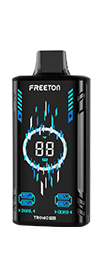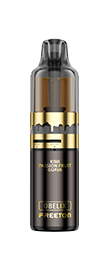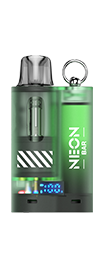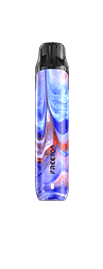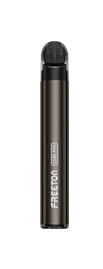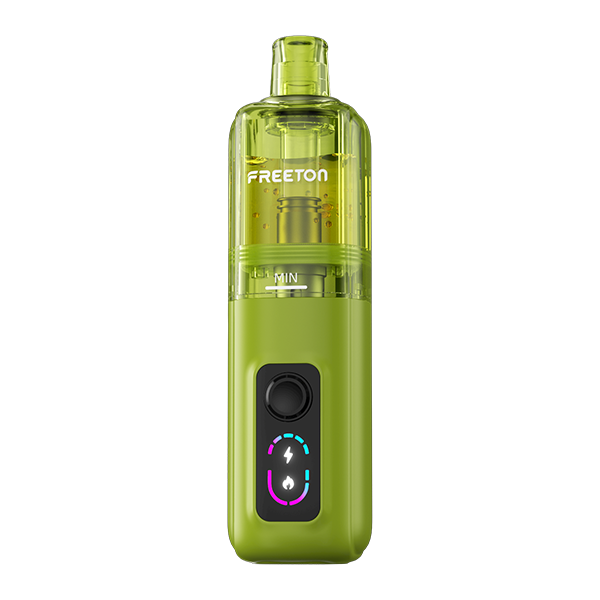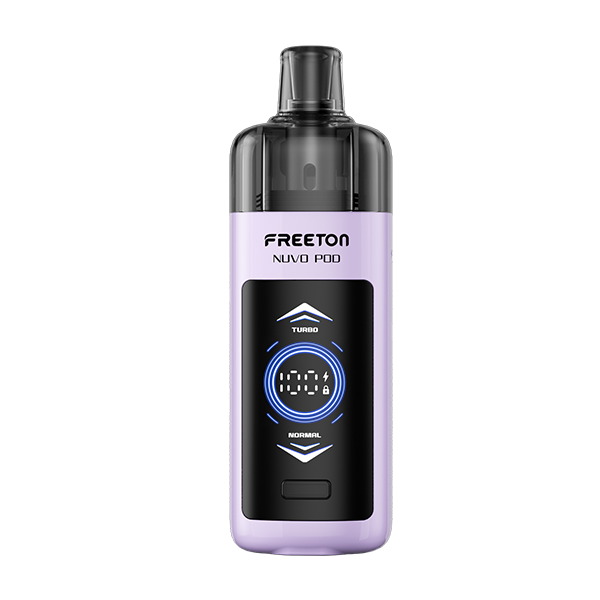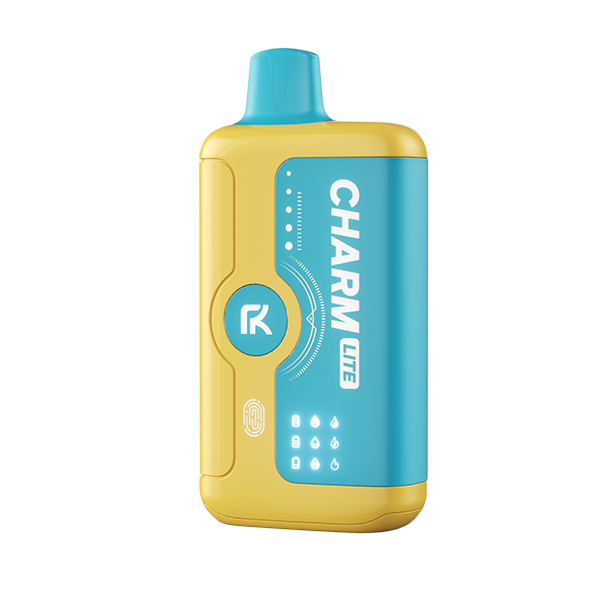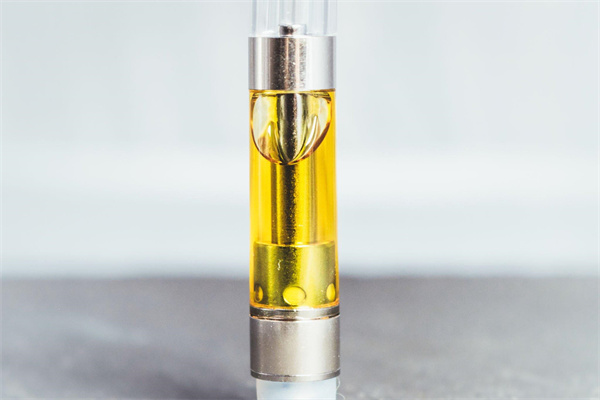
introduction Juuling has become an increasingly popular trend among teenagers and young adults in recent years. Juuling is the term used to describe using a Juul, an electronic cigarette device, to consume an aerosolized nicotine liquid. While Juuling can be seen as a form of smoking, it is an increasingly popular alternative to traditional cigarettes. […]
introduction

Juuling has become an increasingly popular trend among teenagers and young adults in recent years. Juuling is the term used to describe using a Juul, an electronic cigarette device, to consume an aerosolized nicotine liquid. While Juuling can be seen as a form of smoking, it is an increasingly popular alternative to traditional cigarettes. However, many are concerned about the potential health implications of Juuling, particularly regarding cancer. This blog post will explore the facts about Juuling and its possible link to cancer.
Overview of Juuling and Its Recent Popularity
The Juul was first released in 2015 and quickly became popular due to its sleek design and ease of use. As such, Juuling began to gain traction amongst teens and young adults, particularly as an alternative to traditional cigarettes. In 2018, Juul Labs, the company behind Juul, reported holding 70% of the US e-cigarette market share.
Unfortunately, the rise of Juuling has been accompanied by health concerns. The Juul contains a high concentration of nicotine, comparable to a pack of cigarettes, making its regular use highly addictive. Additionally, many of the liquids used in Juul contain other chemicals and flavorings, which can be potentially harmful.
Implications of Juuling and Its Possible Link to Cancer
Given the high levels of nicotine and other potentially dangerous chemicals present in Juul pods, many are concerned about the potential health implications of Juuling, particularly regarding cancer. The long-term effects of Juuling are not yet known, but some evidence suggests that Juuling may increase the risk of certain types of cancer.
A 2018 study published in the Journal of the American Medical Association found that Juuling may increase the risk of developing oral and lung cancer. The study found that Juulers had significantly higher levels of toxins in their saliva and breath than non-Juulers. Additionally, the study found that Juulers had substantially higher levels of carcinogenic compounds, such as formaldehyde, in their saliva and breath than non-Juulers.
These findings suggest that Juuling may increase the risk of developing cancer, although more research is needed to understand the full extent of the health implications. In addition to the potential cancer risk, Juuling is also associated with an increased risk of developing cardiovascular and respiratory diseases, addiction, and nicotine poisoning.
Conclusion
Juuling has become an increasingly popular trend amongst teens and young adults, but the long-term effects of Juuling are still unknown. While some evidence suggests Juuling may increase the risk of certain types of cancer, more research is needed to understand the full extent of the health implications of Juuling. As such, it is essential to be aware of the potential risks associated with Juuling and to practice safe and responsible nicotine use.
What is juuling?
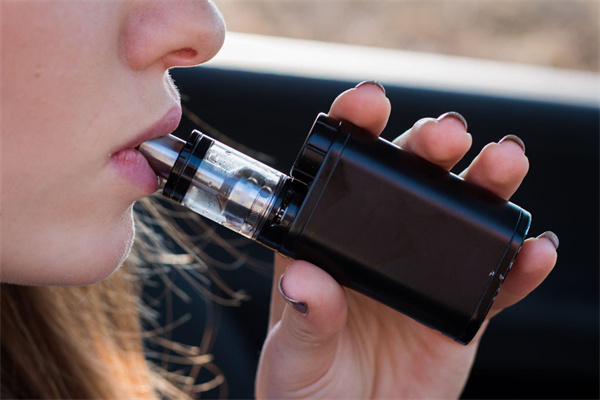
When it comes to increasing awareness and understanding of the dangers of smoking and tobacco use, the concept of ‘juuling’ has become one of the most important topics of conversation in recent years. But what exactly is juuling, and is it linked to cancer? In this blog, we will uncover the facts and answer these questions, so you can make an informed decision about using this product.
What Is Juuling?
Juuling is a type of e-cigarette that has gained massive popularity among young people. It is an electronic device that looks like a USB flash drive and heats a nicotine-containing liquid to create an aerosol that users inhale. Juuling is considered an alternative to smoking traditional cigarettes, cigars, or pipes and is often marketed as a safer cigarette alternative.
Brief History of Juuling
Juuling first became popular in 2015 and has since become the go-to product for many young people. The product has grown in popularity so much that it is estimated that more than 20% of high schoolers have tried juuling. The product is marketed as discreet, easy to use, and appealing to young people.
How Juuling Differs from Other Forms of Tobacco Use
Juuling differs from other forms of tobacco use in several key ways. First, juuling is often marketed as a safer alternative to cigarettes or other tobacco use. This is because the device heats the nicotine-containing liquid rather than burning tobacco. This is thought to reduce the risk of cancer and other smoking-related diseases by reducing the number of toxins in the smoke.
Another way juuling differs from other tobacco use is that it is often more convenient and discreet. The device is small and easy to carry and use without drawing attention to oneself.
Is Juuling Linked to Cancer?
The jury is still out on whether or not juuling is linked to cancer. While there is not enough evidence to definitively say that juuling is linked to cancer, some research suggests that it may increase the risk.
For example, teens who use juuls are more likely to report respiratory symptoms such as coughing and wheezing than those that don’t. This suggests that there may be a link between juuling and respiratory problems, which in turn could increase the risk of cancer.
In addition, juuling is also associated with an increased risk of other health complications, such as nicotine addiction, lung damage, and heart disease. It is also important to note that many Juul pods contain chemicals that could harm your health.
The Bottom Line
In conclusion, while there is not enough evidence to definitively say that juuling is linked to cancer, the research does suggest that it could increase the risk. Additionally, juuling is associated with other health risks, such as nicotine addiction, lung damage, and heart disease. Therefore, it is essential to be aware of the potential dangers associated with juuling and make an informed decision about using this product.
the link between juuling and cancer

Are you a Juuler? If you are, you may have heard rumors about a link between Juuling and cancer. To help clear the air, this blog post will examine the scientific evidence about this purported link in-depth. We’ll explore the evidence of potentially carcinogenic chemicals in Juul devices and the association between Juuling and an increased risk of certain types of cancer.
To begin, it’s essential to understand the basics of Juuling. Juuling is a type of vaping that is growing in popularity, especially among young people. Juul Labs makes Juul devices and uses nicotine-filled, flavored pod cartridges. The nicotine is delivered in a vapor form, and the Juul devices look like USB drives.
Now, let’s dive into the potential link between Juuling and cancer. There is evidence that certain chemicals found in Juul devices are probable carcinogens or cancer-causing agents. This includes ingredients such as formaldehyde and acetaldehyde. These chemicals are known to cause DNA damage and are associated with an increased risk of developing certain types of cancer.
In addition, some studies have found an association between Juuling and an increased risk of certain types of cancer. For example, one study found that individuals who reported using Juul devices for more than six months were twice as likely to develop oral squamous cell carcinoma (OSCC) compared to those who did not use Juul devices. Similarly, another study found that Juul users were three times as likely to develop laryngeal squamous cell carcinoma (LSCC) compared to those who did not use Juul devices.
It is important to note that the link between Juuling and cancer is still not fully understood. More research is needed to understand this potential relationship better. Furthermore, many other factors may contribute to the increased risk of cancer among Juul users, such as smoking and exposure to other carcinogenic agents.
In conclusion, although there is evidence of potentially carcinogenic chemicals in Juul devices and an association between Juuling and an increased risk of certain types of cancer, more research is needed to understand this possible link fully. Therefore, individuals should take other steps to reduce their risk of developing cancer, such as avoiding smoking, reducing sun exposure, and eating a nutritious diet.
other health risks of juggling
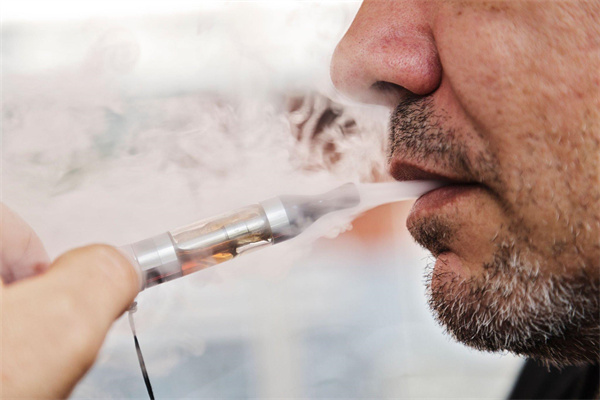
As the world continues to grapple with the dangers of smoking cigarettes, many young people are turning to Juul devices as an alternative form of nicotine delivery. Juul devices are sleek, compact, and easy to use, making them popular among teens and young adults. However, Juuling carries many other health risks that may not be widely understood. In this article, we’ll uncover the facts about Juuling, including the effects of nicotine on the body and other potential health risks associated with Juuling.
What is Juuling?
Juuling is a term used to refer to Juul's electronic nicotine delivery systems. Juuls are small, USB-shaped devices that contain a rechargeable battery and flavored nicotine “pods” filled with a liquid solution. The user inhales the vaporized nicotine solution, which is absorbed into the bloodstream. Juul products come in various flavors, including mango, mint, and crème.
The Effects of Nicotine on the Body
Nicotine is a highly addictive drug in cigarettes and other smokeless tobacco products. When inhaled, nicotine is quickly absorbed into the bloodstream and reaches the brain within seconds. Upon reaching the brain, it triggers the release of dopamine and other neurotransmitters, producing feelings of pleasure and relaxation.
The effects of nicotine on the body can be both positive and negative. Some people use nicotine to improve their concentration, reduce stress, and enhance their mood. However, nicotine can also have adverse effects, including increased blood pressure and heart rate, increased risk of stroke and heart attack, and increased risk of cancer.
Other Potential Health Risks Associated with Juuling
In addition to the health risks associated with nicotine, Juuling can pose other potential health risks. Juul devices contain flavorings linked to respiratory irritation, coughing, and wheezing. Additionally, the aerosol produced by Juuling can contain chemicals, such as formaldehyde and diacetyl, which have been linked to lung damage and cancer.
In addition to the potential health risks associated with Juuling, the habit can also be expensive. While Juul devices and flavored pods are relatively inexpensive, the pattern can quickly become costly if users become addicted to nicotine.
Conclusion
Juuling is becoming increasingly popular among teens and young adults, but knowing the potential health risks associated with the habit is essential. Nicotine is highly addictive and can negatively affect the body, increasing the risk of stroke, heart attack, and cancer. Additionally, Juuling can also expose users to chemicals that have been linked to lung damage and cancer. For these reasons, it is essential to be aware of the risks associated with Juuling and to make informed decisions about whether or not to use this type of nicotine delivery device.
strategies to reduce the risks of juggling
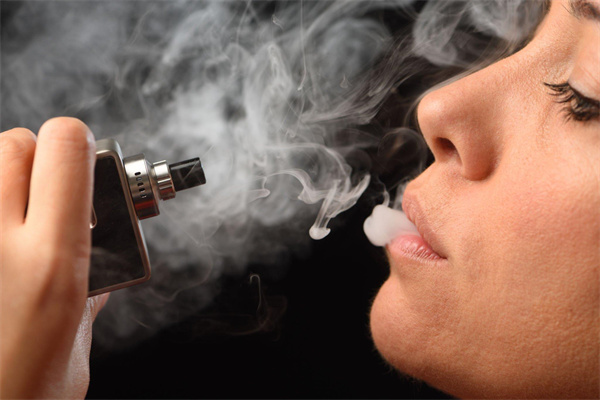
Juuling, or vaping, has become popular among teenagers in recent years. While many views juuling as a safe alternative to traditional cigarettes, it has risks. In this blog, we’ll discuss five strategies to reduce the risks associated with juuling, how to mitigate juuling frequency and amount, and alternatives to juuling for those looking to quit.
Let’s first look at what juggling is and what the risks are. Juuling uses electronic cigarettes (e-cigarettes) to consume nicotine or other substances. The e-cigarette heats a liquid solution containing nicotine and other chemicals, which are inhaled. While the vapor from e-cigarettes is often considered less harmful than smoke from traditional cigarettes, there are still risks associated with juuling. These risks include increased nicotine addiction, cancer, and other health problems.
Now that we’ve established juggling and its associated risks let’s look at five strategies to reduce the chances of juuling.
1. Start with a lower nicotine level.
Juuling often contains high levels of nicotine, which can be addictive. The best way to reduce the risk of nicotine addiction is to start with a lower nicotine level in your e-cigarette. This can help you gradually reduce your nicotine intake without feeling overwhelmed.
2. Take breaks from juuling.
While it can be challenging to break the habit of juuling, taking breaks from using e-cigarettes can help reduce the associated risks. For example, taking a one-week break from juuling every month can help to reduce your nicotine intake and minimize the risks.
3. Avoid flavored e-cigarettes.
Flavored e-cigarettes are often more appealing to young people. However, they usually contain higher levels of nicotine and possible contaminants. Therefore, it’s best to avoid flavored e-cigarettes to reduce the risks associated with juuling.
4. Use devices with low wattage.
Devices with higher wattage (often called “mods”) produce more vapor, increasing the risk of nicotine addiction and other health problems. Therefore, using a device with lower wattage is best to reduce the risks associated with juuling.
5. Avoid using e-cigarettes with nicotine salts.
Nicotine salts, also known as nic salts, are e-liquid that contain higher nicotine levels. As such, it’s best to avoid using e-cigarettes containing nicotine salts to reduce the risks associated with juuling.
In addition to these strategies, there are ways to reduce the frequency and amount of juuling. For example, you can try to limit the number of times you use your e-cigarette in a day or set a specific time limit for each juuling session. You can also try to reduce the amount of nicotine in your e-cigarette each time you use it.
Finally, there are also alternatives to juuling for those looking to quit. These include nicotine replacement therapy products such as patches and gums, prescription medications, counseling, and support groups. While these alternatives may not be as appealing as juuling, they can be effective in helping people to quit and reduce their risk of nicotine addiction and other health problems.
In conclusion, juuling can be associated with several risks, including an increased risk of nicotine addiction and other health problems. Therefore, it’s essential to be aware of the risks and take steps to reduce them. This can include using lower nicotine levels, taking breaks from juuling, avoiding flavored e-cigarettes, using devices with lower wattage, and avoiding e-cigarettes with nicotine salts. There are also ways to reduce the frequency and amount of juuling and alternatives to juuling for those looking to quit. Following these strategies can reduce your risk of nicotine addiction and other health problems associated with juuling.
conclusion

The modern era of vaping and juuling has brought about a great deal of debate about the safety of the activity. Many adults and teens are drawn to the convenience and potential health benefits of using e-cigarettes. Still, questions continue to linger over the potential health risks, including the possible link between juuling and cancer. In this blog post, we’ll uncover the facts behind the potential risk of cancer associated with juuling and provide some final thoughts on the importance of reducing the risk.
To begin, there is no clear evidence that juuling can cause cancer. However, it is essential to note that some of the juggling’s ingredients, including nicotine and flavorings, have been linked to cancer in laboratory studies. For example, studies have found that nicotine can damage the DNA of specific cells, potentially leading to cancer development. Additionally, some flavorings are carcinogenic when heated, which occurs when juuling.
Another potential risk of juuling is the presence of formaldehyde and other toxic chemicals in the aerosol generated by e-cigarettes. Formaldehyde is a known carcinogen, and its presence in vapor has been linked to an increased risk of respiratory issues. The long-term effects of these chemicals on human health are still unknown, and more research is needed to understand their risks better.
It is also important to note that juuling can negatively affect lung and respiratory health. Studies have shown that juuling can lead to inflammation, tissue damage, and other pulmonary issues. Additionally, the aerosol generated by juuling has been found to contain fine particles and heavy metals, both of which can harm the lungs.
Overall, there is insufficient evidence to conclude that juuling can cause cancer. However, the presence of carcinogenic chemicals, the potential for lung damage, and the unknown long-term health effects of juuling are serious concerns that should not be ignored. As such, it is essential to be aware of the potential risks of juuling and take appropriate steps to reduce one’s peril.
One way to reduce risk is to avoid using flavorings or nicotine altogether. E-cigarettes that are nicotine-free and do not contain any flavorings will significantly reduce exposure to potentially cancer-causing agents. Additionally, avoiding juuling in enclosed spaces and taking frequent breaks during juuling sessions will help reduce the amount of aerosol and vapor one is exposed to.
It is also essential to be aware of the signs and symptoms of cancer and seek medical attention if any of the symptoms are present. Some of the most common signs of cancer include fatigue, weight loss, and changes in appetite. Additionally, it is essential to regularly monitor one’s overall health and get regular check-ups to ensure any potential issues are caught early.
In conclusion, the potential link between juuling and cancer is still unknown. However, the presence of carcinogenic chemicals, the potential for lung damage, and the possibility of long-term health effects warrant caution regarding juuling. It is essential to be aware of the potential risks and reduce one’s risk, such as avoiding nicotine and flavorings, avoiding enclosed spaces when juuling, and being aware of the signs and symptoms of cancer. Ultimately, the best way to reduce the risk of any potential harm is to avoid juuling altogether.
Get the complete solution. ↓
| https://www.freetontech.com/the-ultimate-guide-to-electronic-cigarettes/ |




